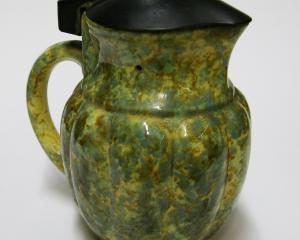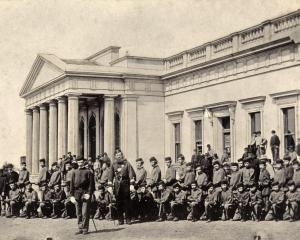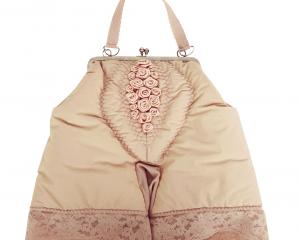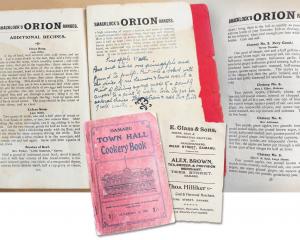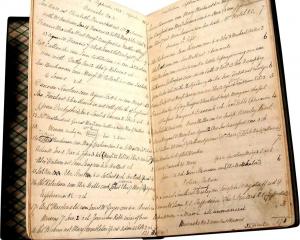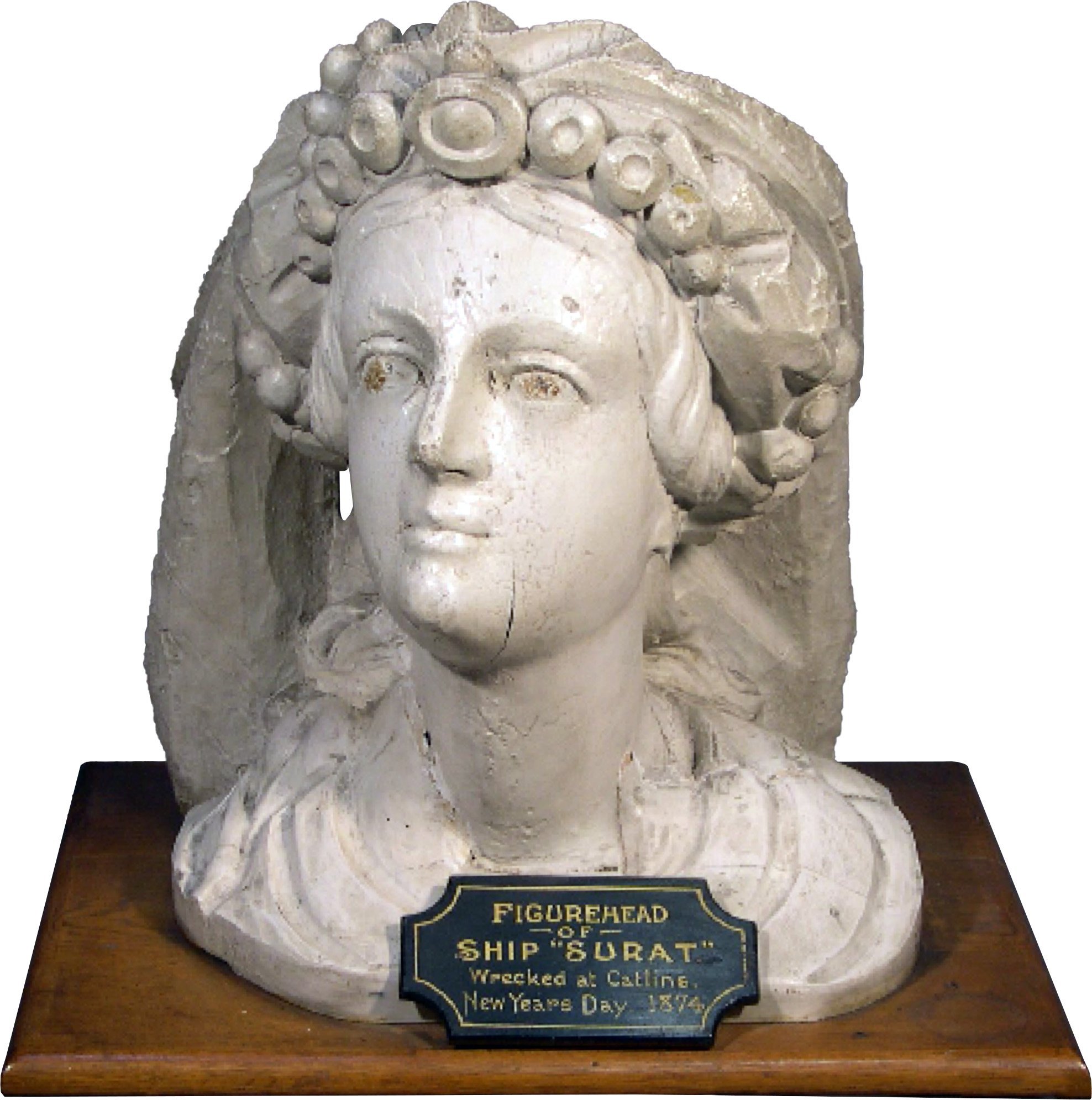
On New Year’s Day next year, we mark the 150th anniversary of one of Otago’s most well-known shipwrecks.
The immigrant ship Surat set sail from England for New Zealand in late September 1873.
Three months later, it struck rocks on the Catlins coast. The vessel struggled onwards until the threat of sinking led to passengers and crew abandoning ship at the mouth of the Catlins River on New Year’s Day in 1874.

After the sale of the abandoned vessel, the Surat’s new owners sent men to begin salvage operations.
The salvage team included divers; among them Thomas Watson, who had achieved some notoriety after retrieving the bodies of victims of the Pride of the Yarra ferry disaster in Otago Harbour in 1863.
Salvage diving was a dangerous, sometimes deadly business.
A few months earlier, Watson had almost died at a gold mine near the West Coast town of Ross.
He had been trying to recover submerged machinery in a deep shaft when his air pipe burst.
A telegram was sent to his wife in Christchurch, informing her of her husband’s death. She arrived on the West Coast to find that his death had been misreported.
Nonetheless, it had been a very close call.
When he was hauled up, Watson had been on the brink of suffocation.
Removal of his helmet revealed a swollen and black face and neck, blood running from his mouth and temporary blindness.
The effects of his near-death experience were apparently visible on Watson’s face for some time, particularly around both eyes, which remained very bloodshot.
For Watson at least, this type of accident was not rare. He had experienced similar difficulties 13 times before.
The extreme depth at which he had been working, over 60 feet (18m), meant that this time it had been a particularly narrow escape.
The salvage of Surat was also not without incident.
In late March, almost three months after the operation began, the Bruce Herald reported an unnamed diver had become wedged between two iron tanks, suffering severe internal injuries when hauled up.
In a second incident, a winch operator was scalped when struck on the forehead by a winch handle.
The salvage operation continued for several months.
In July, it was reported that despite the winter frosts, Watson and his party were still working to recover the railway iron on board.
But a few weeks later, the salvage was said to have been abandoned as the remains were quickly breaking up.
Surat’s figurehead was torn off during a gale in February 1875, some months after the salvage operation had ceased.
This prompted Dunedin’s Evening Star newspaper to remark: ‘‘Little by little this once noble ship is disappearing from human ken; indeed the only wonder is she has stood so long the heavy action of the sea, with which this part of the coast is visited’’.
Within another year little of the hull remained, although the bones could still be seen at low tide for several decades.
The figurehead is a carved representation of a woman’s head crowned with a wreath and a flowing veil.
Many ships’ figureheads depicted women and were sometimes collectively referred to as Neptune’s wooden angels.
Although the ship was likely named after the port city of Surat in India, the word ‘‘surat’’ coincidentally also means face in the Gujarati and Hindi languages.
After coming off the wreck, Surat’s fallen angel seems to have no longer been newsworthy until donated to Toitū Otago Settlers Museum in 1924, a few months after a 50th anniversary gathering of survivors and their descendants in Dunedin.
Today it is the most iconic of the many keepsakes from Surat that were either taken by survivors, recovered during the salvage operation or later collected from the site.
The figurehead and other artefacts from Surat will be on display at Toitū until mid-2024.
Peter Read is a curator at Toitū Otago Settlers Museum.

